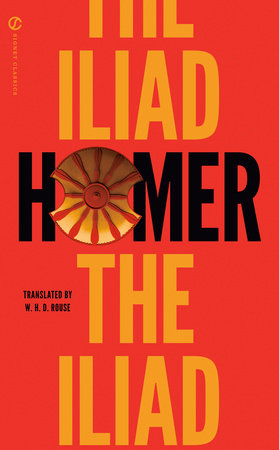Orange liqueur is difficult to understand, probably because there’s more than one dominant style. The fact that it’s an ingredient in so many diverse cocktails—just think of the flavor profiles of such classics as the Margarita, the Sidecar, the Mai Tai, or the Corpse Reviver No. 2, for example—only adds to the confusion.
While I don’t imagine that I will ever officially become an alcohol blogger, I thought I’d at least share here some of the things I’ve learned over the past years spent experimenting with, tasting, and making my own orange liqueurs.
First, there are two main styles of the stuff: Curaçao and triple sec. Curaçao was named for the Caribbean island where the bitter oranges used in the original recipes came from. It typically has a brandy (or cognac, which is just a particular type of barrel-aged brandy from a specific region in France) or rum (again, think Caribbean) base.
Triple sec, on the other hand, usually has a clear, neutral base. Think vodka. Originally it came from France. Nobody really knows the etymology of the name. At one time it might have been distilled three times, or the sec might just be the French word for dry. Or maybe the triple refers to three types of oranges used in the process.

Two premier, popular, and easily found examples of the two styles are Grand Marnier (since 1827) and Cointreau (since 1849). As you can see, both companies have been around long enough to know how to do things right. Grand Marnier is cognac based, so it falls under the Curaçao category, even though it’s French and not Caribbean and we don’t know where the bitter oranges are sourced from. (Other people might have better or more sophisticated classification systems, but I’m trying to make this as simple as possible.) Cointreau, which boasts being a “crystal clear spirit” right on the bottle, would be a comparable version of triple sec.
If you want only one bottle of orange liqueur, I’d recommend Cointreau. It has such a full, complex orange flavor and scent that it’s easy to make this one brand your go-to. It is what I use in my own Margarita recipe. But know that sometimes the orange can overpower other ingredients.
If you want only one bottle of orange liqueur, I’d recommend Cointreau. It has such a full, complex orange flavor and scent that it’s easy to make this one brand your go-to.
For cocktails such as the Sidecar, which calls for brandy or cognac, I prefer to use a Curaçao-type liqueur because I think the brandies/cognacs tend to play nicely with one another. But I find a Sidecar with Grand Marnier just too sweet for my tastes. In that specific case, I turn to Pierre Ferrand’s Dry Curacao Triple Sec Liqueur.
Yes, you read that right. To make matters even more confusing, we have Pierre Ferrand trying to recreate the orange liqueur of the past with this much dryer version. Though I would classify it as a Curaçao because it has a brandy-cognac blend as a base, they are using triple sec here to mean a triple-distillation process with bitter oranges, so they use both terms on their bottles. I guess it is a good way to try to split the difference, and in my market, their bottles tend to be slightly cheaper than Grand Marnier.
So for a strong orange flavor that will hold its own in a mixed drink, I’d recommend the triple sec Cointreau. For a dryer, more nuanced flavor profile, it’s the Pierre Ferrand, especially in the Sidecar. For sipping or for a sweeter, more brandy/cognac-forward profile, try the Grand Marnier. I’ve tried lots of other brands, but I keep returning to these three. As for making orange liqueur yourself, I’d recommend as a base a mid-range cognac that you enjoy sipping as well as almost doubling the orange ingredients in most standard recipes.


